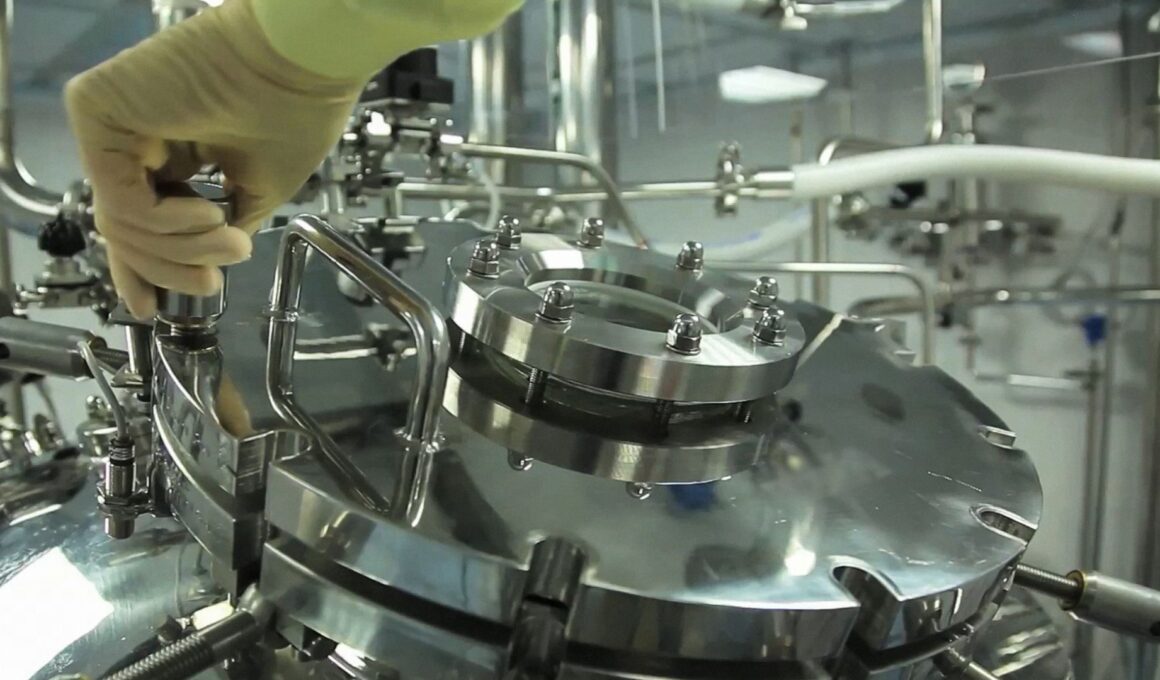Lyophilization, commonly known as freeze-drying, is a critical process in the pharmaceutical and biotechnology industries. It is employed to stabilize and extend the shelf life of a wide range of products, from small-scale drug formulations to large-scale biopharmaceuticals. When transitioning from laboratory-scale lyophilization to commercial production, several key considerations must be addressed to ensure a successful scale-up process. In this technical note, we will explore these essential considerations for scaling up lyophilization processes effectively.
Importance of Scale-Up
Scaling up a lyophilization process is often necessary to meet the demands of larger production batches. However, it introduces complexities that must be carefully managed to maintain product quality, efficacy, and safety. The goal is to replicate the performance achieved at the laboratory scale while accommodating the larger volumes required for commercial production.
Key Scale-Up Considerations
1. Equipment Selection and Validation:
- Capacity: Choose lyophilizers with the appropriate capacity to handle the increased volume of product. Ensure that the selected equipment can accommodate the batch size required for commercial production.
- Validation: Thoroughly validate the larger lyophilizer to confirm its performance and consistency. This includes verifying temperature uniformity, pressure control, and cycle times.
2. Formulation and Product Characteristics:
- Formulation Compatibility: Assess whether the formulation used at the laboratory scale is compatible with the larger production volumes. Changes in product characteristics, such as viscosity, may occur with scale-up and must be addressed.
- Lyophilization Cycle Optimization: Reevaluate the lyophilization cycle parameters, including freezing rates, shelf temperatures, and pressure profiles, to ensure they are suitable for the larger batch.
3. Heat Transfer Considerations:
- Uniformity of Temperature: Ensure that the larger freeze dryer can maintain temperature uniformity across the entire batch. Non-uniform freezing and drying can lead to product inconsistencies.
- Shelf Configuration: Optimize the shelf configuration to allow for efficient heat transfer within the larger chamber. Consider the arrangement of product trays and the spacing between them.
4. Freeze-Drying Process Control:
- Monitoring and Control: Implement advanced process control systems that can monitor and adjust critical process parameters in real-time. These systems can help maintain product quality and reduce batch-to-batch variability.
- Product Movement: Consider mechanisms for gently agitating or rotating product containers within the freeze dryer to ensure uniform drying and prevent product collapse.
5. Validation and Quality Assurance:
- Validation Protocols: Develop and execute comprehensive validation protocols to demonstrate the consistency and reproducibility of the scale-up lyophilization process. This includes verifying product quality, stability, and uniformity.
- Quality Control: Implement rigorous quality control measures, including testing and inspection procedures, to ensure that the scaled-up product meets established quality standards.
Scaling up a lyophilization process is a complex endeavor that demands careful planning, testing, and validation. By addressing the considerations outlined in this technical note, pharmaceutical and biotechnology companies can successfully transition from laboratory-scale lyophilization to large-scale commercial production while maintaining the integrity and quality of their products. Ultimately, effective scale-up processes contribute to the reliable and consistent supply of lyophilized pharmaceuticals to meet the needs of patients and the healthcare industry.







